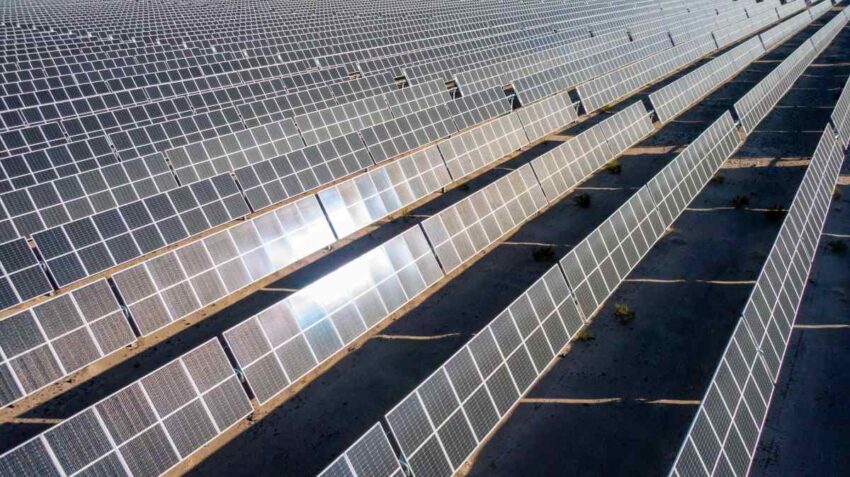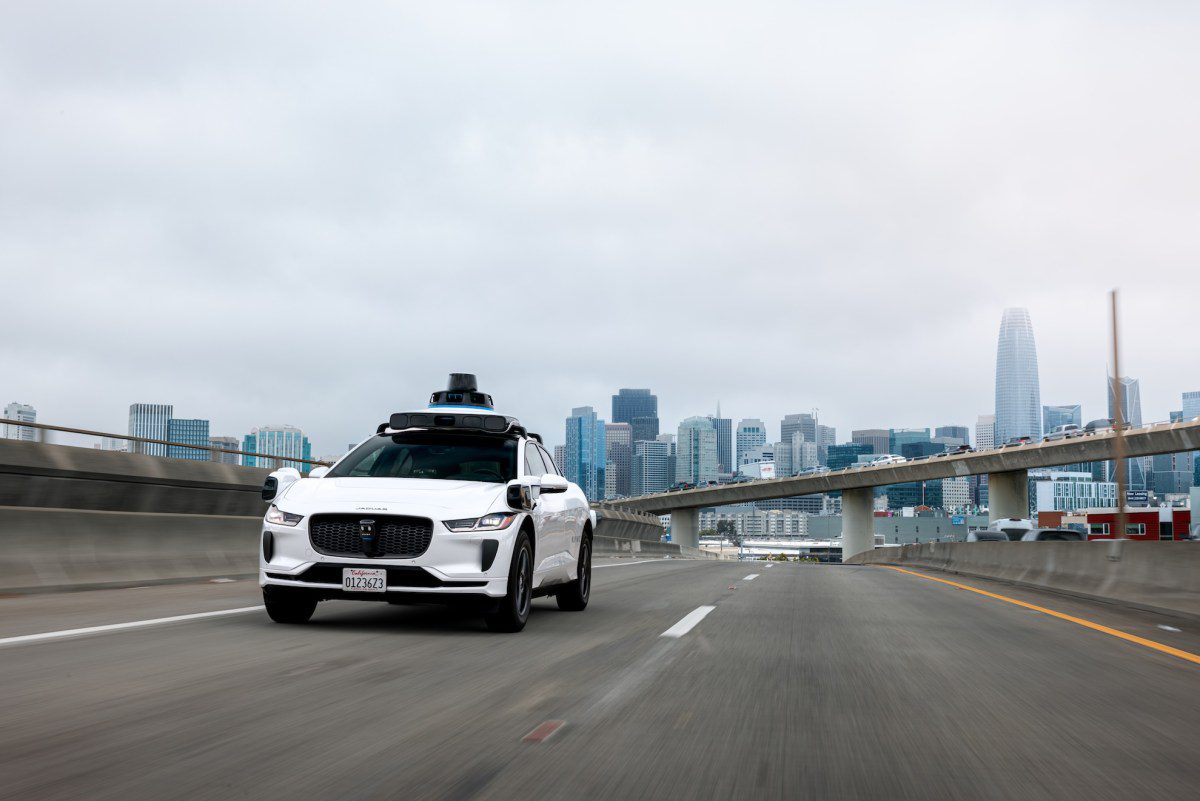
how much of the ai data center The International Energy Agency has revealed that global spending on data centers is projected to reach $580 billion this year, surpassing investments in new oil supplies by $40 billion.
how much of the ai data center
Overview of Data Center Investments
The rapid growth of artificial intelligence (AI) and cloud computing has significantly influenced the demand for data centers. As businesses and consumers increasingly rely on digital services, the infrastructure required to support these technologies has become a focal point for investment. The $580 billion earmarked for data centers in 2025 highlights a substantial shift in how resources are allocated in the energy and technology sectors.
Comparative Spending: Data Centers vs. Oil Exploration
The $580 billion investment in data centers stands in stark contrast to the $540 billion allocated for new oil exploration. This shift in spending priorities underscores the growing importance of digital infrastructure in the global economy. As the world becomes more interconnected, the need for robust data centers to support AI applications, cloud storage, and other digital services is paramount.
Investments in data centers are not merely a reflection of technological advancement; they also indicate a broader trend towards sustainability and energy efficiency. As governments and corporations prioritize renewable energy sources, the data center industry is adapting to meet these demands.
Renewable Energy in Data Centers
One of the most pressing questions surrounding the data center boom is how much of this growth will be powered by renewable energy. The International Energy Agency’s report highlights the need for a transition towards greener energy sources to mitigate the environmental impact of increased data center operations.
Current Energy Consumption Trends
Data centers are notorious for their high energy consumption. According to estimates, data centers account for approximately 1-2% of global electricity use. As AI technologies become more prevalent, this figure is expected to rise. The demand for computational power and storage capacity is driving data centers to operate 24/7, leading to increased energy consumption.
To address these challenges, many data center operators are exploring renewable energy options. Companies like Google, Microsoft, and Amazon have made significant commitments to power their data centers with renewable energy. For instance, Google has pledged to operate on 24/7 carbon-free energy by 2030, while Microsoft aims to be carbon negative by 2030.
Challenges in Transitioning to Renewable Energy
Despite the positive strides made by some tech giants, the transition to renewable energy in data centers is not without its challenges. Factors such as the availability of renewable energy sources, geographical constraints, and the need for reliable energy supply can complicate the shift. In regions where renewable energy is less accessible, data center operators may struggle to meet their sustainability goals.
Moreover, the initial costs associated with transitioning to renewable energy can be significant. While long-term savings and environmental benefits are clear, the upfront investment required for solar panels, wind turbines, and other renewable technologies can deter some operators from making the switch.
Stakeholder Reactions
The report from the International Energy Agency has garnered attention from various stakeholders, including government officials, environmental advocates, and industry leaders. Many view the significant investment in data centers as a positive development, provided that it is accompanied by a commitment to sustainability.
Government Perspectives
Governments around the world are increasingly recognizing the importance of data centers in driving economic growth. However, there is also a growing awareness of the environmental implications of this growth. Policymakers are beginning to implement regulations and incentives aimed at promoting renewable energy use in data centers.
For example, some countries are offering tax breaks or subsidies for data center operators that commit to using renewable energy. These initiatives are designed to encourage the industry to adopt more sustainable practices while still fostering economic development.
Industry Leaders’ Views
Industry leaders are also weighing in on the importance of renewable energy in data centers. Many executives believe that a commitment to sustainability is not only a moral obligation but also a competitive advantage. As consumers become more environmentally conscious, companies that prioritize renewable energy may find themselves better positioned in the marketplace.
Additionally, industry leaders are increasingly recognizing the financial benefits of renewable energy. By investing in sustainable energy sources, data center operators can reduce their long-term energy costs and mitigate the risks associated with fluctuating fossil fuel prices.
The Future of Data Centers and Renewable Energy
Looking ahead, the relationship between data centers and renewable energy is likely to evolve further. As technology continues to advance, new solutions for energy efficiency and sustainability are expected to emerge. Innovations in cooling technologies, energy storage, and grid management could play a crucial role in shaping the future of data centers.
Emerging Technologies
Several emerging technologies have the potential to enhance the sustainability of data centers. For instance, advancements in artificial intelligence can optimize energy usage by predicting demand and adjusting operations accordingly. Machine learning algorithms can analyze energy consumption patterns, allowing data centers to operate more efficiently.
Additionally, innovations in energy storage solutions, such as battery technology, can help data centers manage their energy supply more effectively. By storing excess energy generated from renewable sources, data centers can ensure a reliable power supply even during periods of high demand.
Global Initiatives and Collaborations
Collaboration among industry players, governments, and environmental organizations will be essential in driving the transition to renewable energy in data centers. Global initiatives aimed at promoting sustainability and reducing carbon emissions are gaining traction. These collaborations can facilitate knowledge sharing, best practices, and technological advancements that benefit the entire industry.
For example, organizations like the Global Climate Action Initiative are working to bring together stakeholders from various sectors to address climate change and promote sustainable practices. Such initiatives can help accelerate the adoption of renewable energy in data centers and ensure that the industry remains aligned with global sustainability goals.
Conclusion
The $580 billion investment in data centers this year marks a significant milestone in the technology sector, reflecting the growing importance of digital infrastructure in the global economy. However, as the demand for data centers continues to rise, so too does the need for sustainable energy solutions. The transition to renewable energy is not only crucial for mitigating the environmental impact of data centers but also for ensuring their long-term viability in an increasingly competitive landscape.
As stakeholders from various sectors come together to address these challenges, the future of data centers and renewable energy will likely be shaped by innovation, collaboration, and a shared commitment to sustainability.
Source: Original report
Was this helpful?
Last Modified: November 17, 2025 at 6:38 am
2 views















